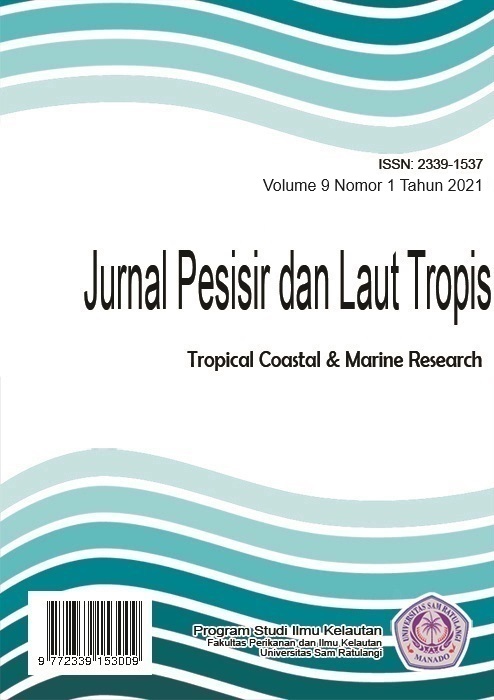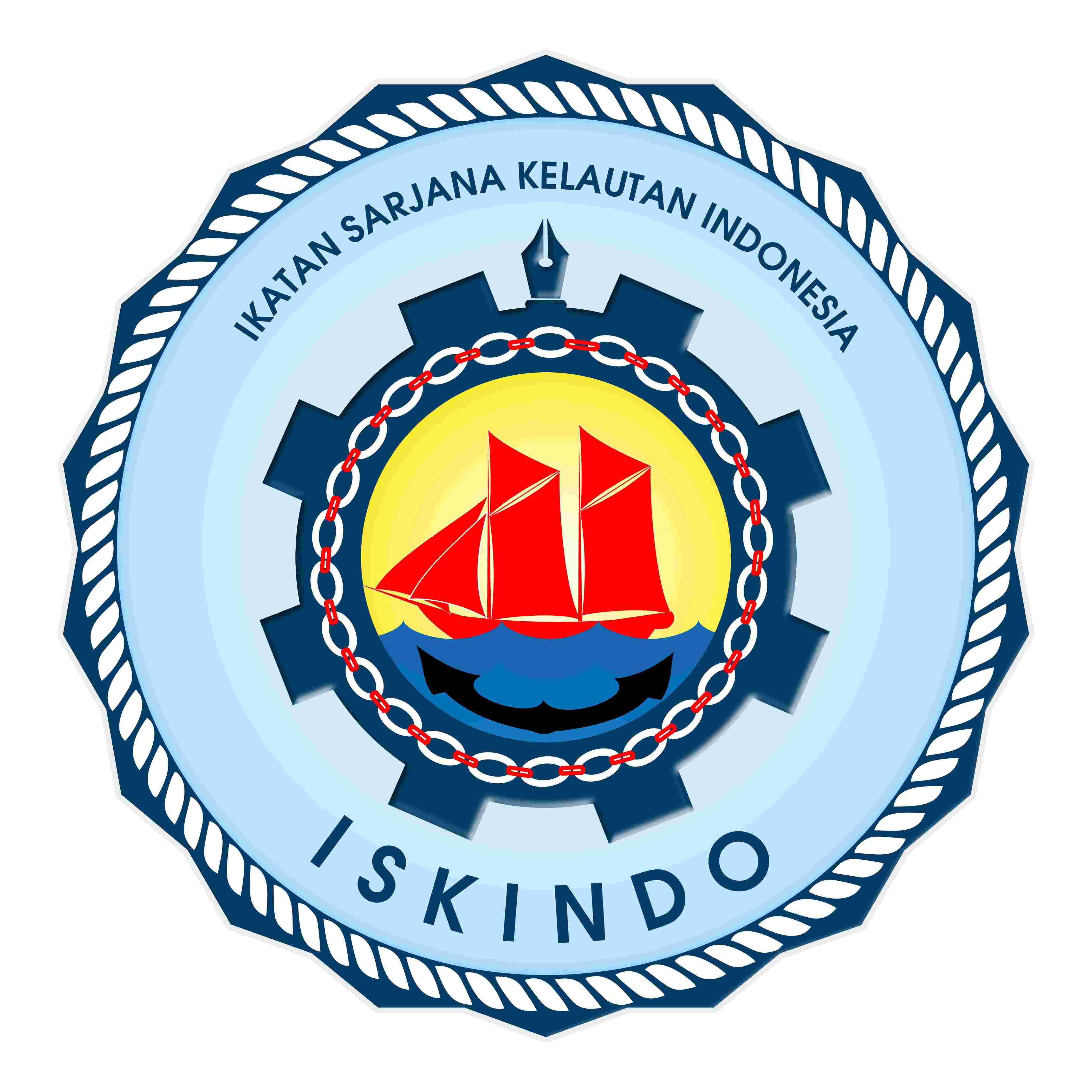ISOLASI JAMUR SIMBION ASCIDIA Schizophyllum commune YANG MEMILIKI AKTIVITAS ANTIBAKTERI
DOI:
https://doi.org/10.35800/jplt.9.1.2021.33569Abstract
Ascidian is a benthic invertebrate that produces secondary metabolites. The substances were produced by the ascidian as self-defense from many environmental factors. Several studies report the similar structure between the substances extracted from ascidian and symbiotic fungi with biological activities. This study aims to isolate fungi associated with ascidian Eudistoma sp., then observe its potency on inhibiting bacteria S. aureus dan A. hydrophila. PDA was used to isolate and culture fungal isolate, then extraction using solvent ethyl acetate. Antibacterial activity of this symbiotic fungi isolates extract was performed using the Kirby-Bauer disc diffusion method. Molecular identification of fungi results that the symbiotic fungi were Schizophyllum commune. The observing result showed that fungal extract has the ability on inhibiting the growth of S. aureus and with the inhibition zone 8 mm and A. hydrophila 8,5 mm.
Keywords: Ascidian, Eudistoma sp., Schizophyllum commune, Symbiotic, Antibacterial
















